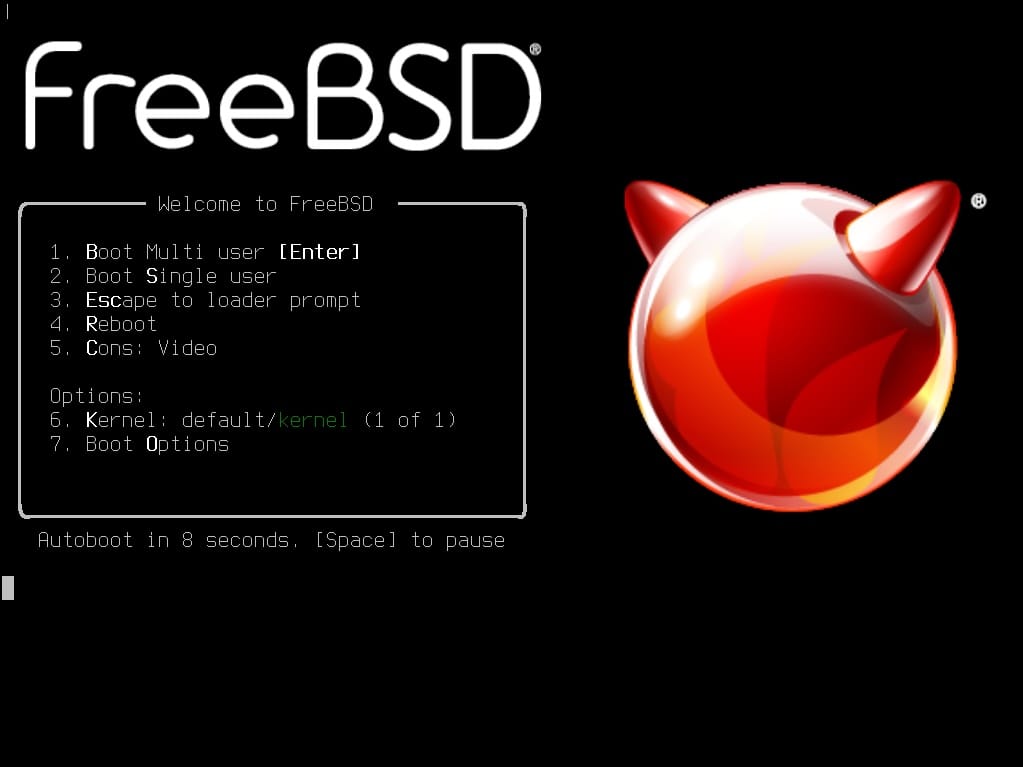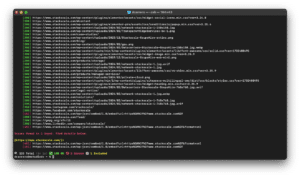The open-source community is celebrating the release of the first Release Candidate (RC1) for FreeBSD 14.2, a key milestone in the development cycle of this operating system. Officially announced on November 23, 2024, this update introduces a series of technical enhancements aimed at improving performance, compatibility, and usability, solidifying FreeBSD’s position as a top choice for servers, embedded devices, and cloud applications.
Installation and Expanded Compatibility
The FreeBSD 14.2-RC1 release is available for a wide range of architectures, including AMD64, i386, ARM, PowerPC, and RISC-V. Additionally, specific images have been designed for embedded systems and virtual machines, such as those for Raspberry Pi, Pine64, and other popular ARM platforms. These images can be downloaded from FreeBSD’s official site, ensuring fast and secure access for the user community.
Among the most notable updates in this release is the inclusion of additional Wi-Fi firmware in the disc1 and dvd installation images. This enhancement allows more systems to use wireless connections directly from the installer, which is particularly useful for devices lacking Ethernet ports.
Enhanced Support for Containers and Virtual Machines
FreeBSD 14.2-RC1 introduces updates to its OCI-compliant container images. These images are designed for both static and dynamic workloads and now include essential libraries for pkg(8), FreeBSD’s package management system.
For virtual machines, images are available in widely used formats such as QCOW2, VMDK, VHD, and RAW. The standard configuration includes optimized partitions for swap, boot, and UFS file systems, with a compressed download size of just 165 MB.
Upgrade Process
FreeBSD continues its commitment to user-friendliness by supporting binary upgrades through the freebsd-update utility. Users can upgrade their systems from earlier versions, such as FreeBSD 12.x or 14.1, by following a guided process that includes installing the new kernel, integrating updated components, and cleaning up obsolete files. Rebuilding and reinstalling applications is also recommended to ensure optimal integration with the new system features.
Technical Highlights and Next Steps
One of the most significant technical improvements is the installer’s new ability to download and install firmware packages during the initial setup process. This feature underscores FreeBSD’s focus on modularity and flexibility.
While this RC1 marks a major milestone, the development team continues to work on stabilizing and fine-tuning the system ahead of the final release. Release notes are available on FreeBSD’s official site and are continuously updated throughout the development cycle.
With this new version, FreeBSD aims to strengthen its position in key sectors such as cloud computing, virtualization, and embedded systems, while maintaining the high stability and performance standards that have defined it since its inception.
source: FreeBSD












